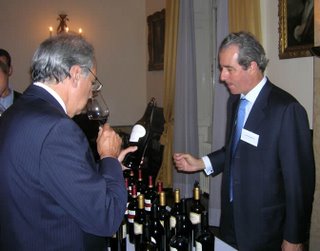 Last night was a tasting and dinner in honour of Joao Portugal Ramos at the Portuguese Ambassador's Residence in Berkely Square (seen hear pouring one of his wines for the ambassador). For those who don't know him, Joao is one of Portugal's most high profile winemakers. After a number of years experience he set up his own family winery in the Alentejo, and it has since grown to be second in size only to Esporao in the region. He also makes wines in the Ribatejo (the commercially astute Tagus Creek wines from the Falua winery) and Beiras, and from next vintage he'll be dabbling in the Douro, too.
Last night was a tasting and dinner in honour of Joao Portugal Ramos at the Portuguese Ambassador's Residence in Berkely Square (seen hear pouring one of his wines for the ambassador). For those who don't know him, Joao is one of Portugal's most high profile winemakers. After a number of years experience he set up his own family winery in the Alentejo, and it has since grown to be second in size only to Esporao in the region. He also makes wines in the Ribatejo (the commercially astute Tagus Creek wines from the Falua winery) and Beiras, and from next vintage he'll be dabbling in the Douro, too.It was a small crowd, with a range of different wine trade types. Journos were represented by Stephen Spurrier, Jim Budd and Julie Arkell. We tasted for quite a while, then moved through to dinner. I was fortunate enough to sit next to Joao, and opposite the Ambassador himself, who as you'd imagine is a very smart chap with a keen interest in wine (he's quite a Francophile, and prefers elegance to power). Food was good, with a nice mushroom, smoked salmon and endive tart followed by bacalhau and then some rather good beef. The wines were nice too: Joao's Marques de Borba Reserva 1997 and 2003 were both showing brilliantly, and the red (2003 Vinhas Velhas) and white (2005) Quinta de Foz d'Arouce were very impressive and quite elegant.
The thing Joao Ramos does well is making good wines in pretty large volumes. It's an important skill. His 2005 Marques de Borba red is quite a smart commercial wine with generous berry fruit and a nice plummy savouriness. I gave it 86 points. It was that good. Joao asked me to guess how many bottles he made. I was nowhere near. The answer: close to 1 million.
Overall, a very good evening, which ended rather abrubtly at 10.30 on the dot when everyone was ushered out fast. Still, when you are a guest of the ambassador, there has to be a degree of formality. For more on Joao Ramos and his wines see my report here.
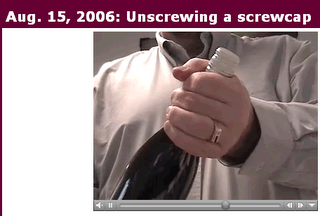

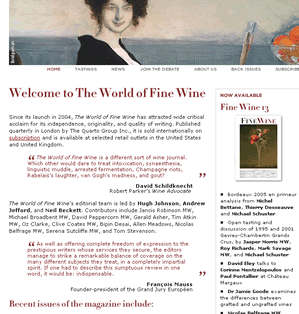
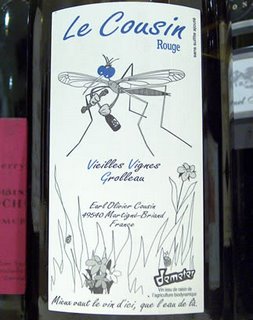
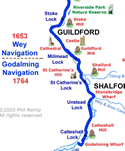
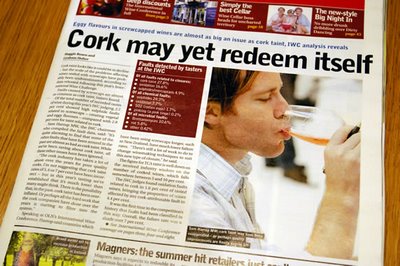
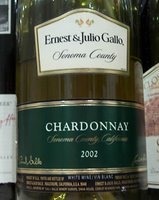
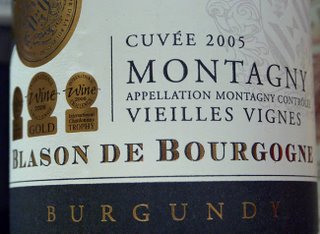



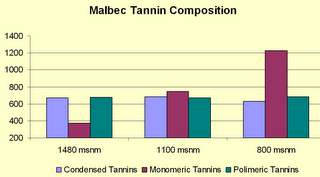
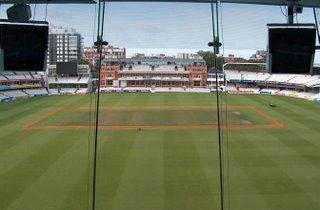
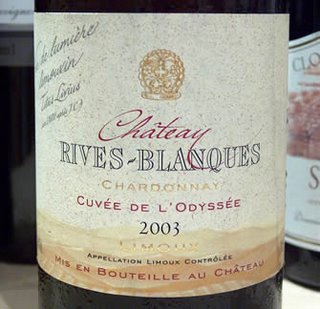
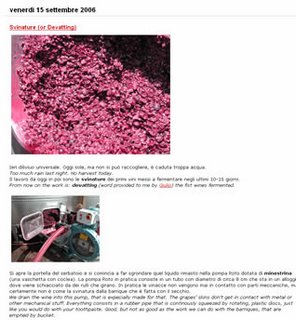
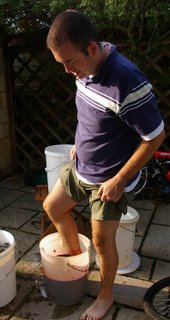
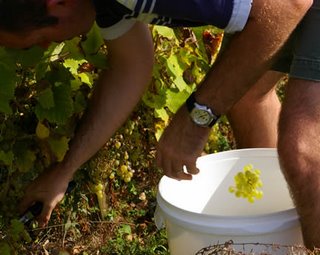
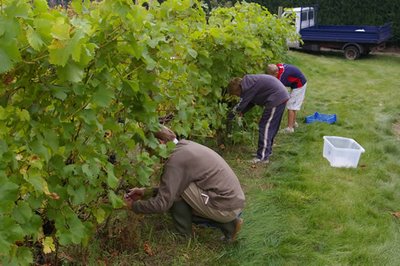
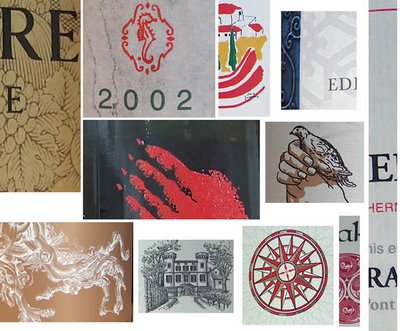
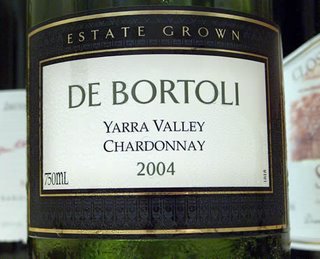
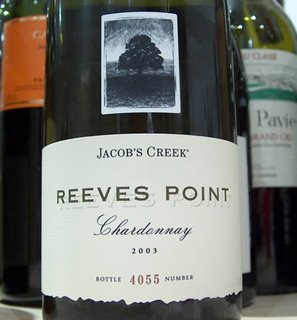
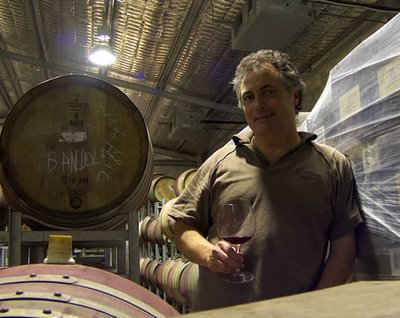
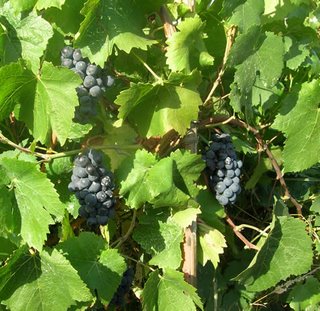
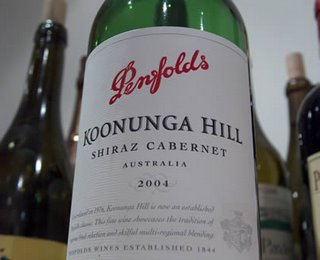
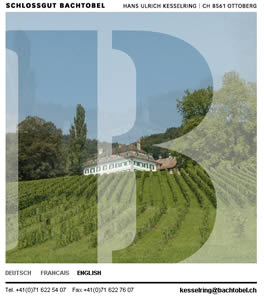
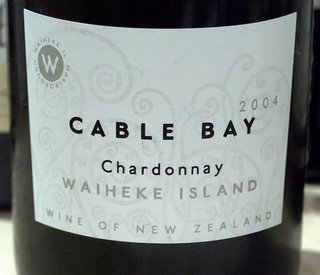
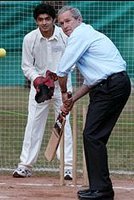
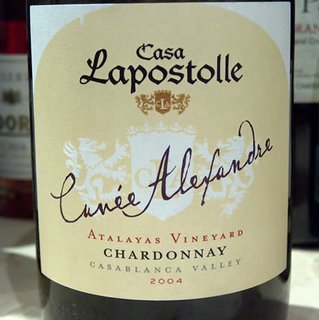
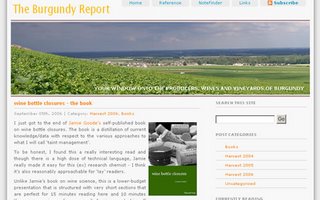
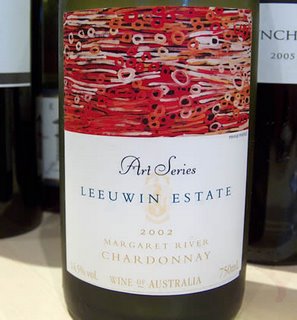
 The web log of wine journalist Jamie Goode. Feel free to nose around; your comments are welcome
The web log of wine journalist Jamie Goode. Feel free to nose around; your comments are welcome 
